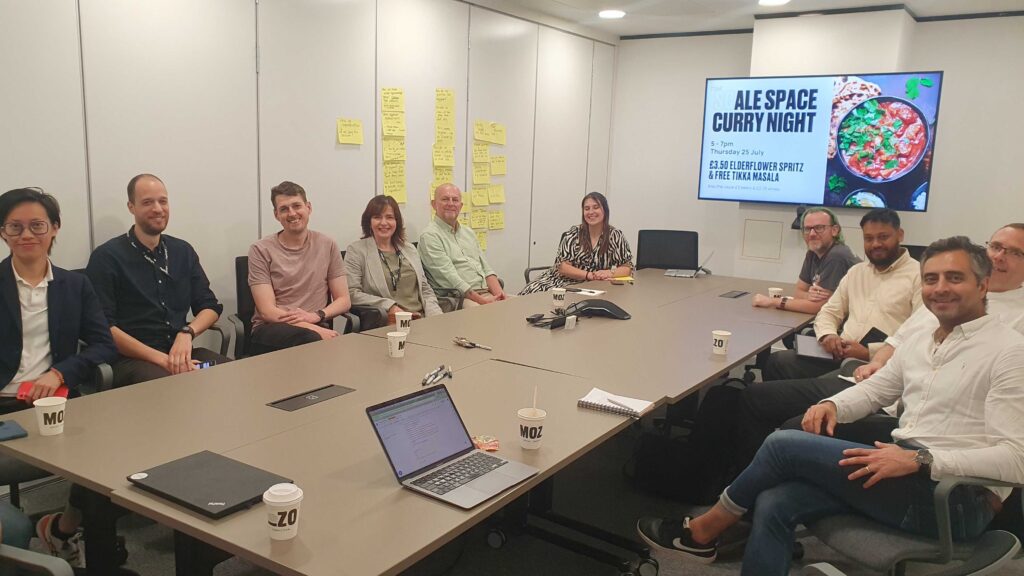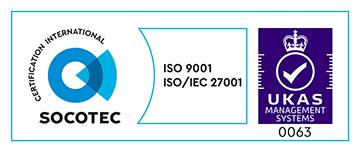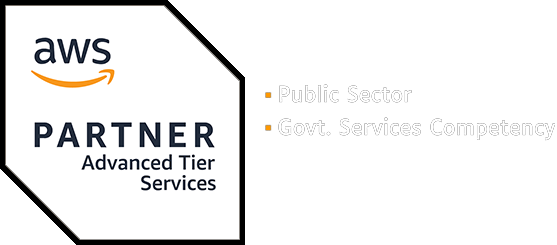In the fast-evolving world of AI and emerging technology, local governments face the challenge of developing solutions that meet the real needs of their communities. The key to success lies in co-production – actively involving residents and end-users in every step of the development process.
Created in conjunction with other attendees from local authorities across the UK, the Co-Production Framework outlines ten core principles designed to ensure that new software and technologies are built collaboratively, not just by senior stakeholders but with direct input from those using these tools.
Here’s a closer look at these 10 principles and why they matter.
Contents
- Prioritise engagement
- Take an outcome-focused approach
- Be led by the community
- Be inclusive
- Diversify mechanisms for engagement
- Incentivise participation
- Engage your community
- Create confidence
- Ensure accessibility and usability
- Comply with governance
1. Prioritise engagement
Given resource constraints, it’s essential to prioritise engagement efforts strategically. Establishing clear principles helps manage resources effectively while maintaining transparency and responsiveness to community feedback.
We identified that different local authorities have different budgets for community engagement and testing – which is why understanding the budget and options available to you at an early stage is so important.
That budget should cover everything from your interviews and testing to followups such as:
- 1-2-1 interviews
- Test and focus groups
- Incentives and rewards for participants’ time
- Build updates
- Outcomes and insights from interviews
- Actions and timelines
- Arranging for follow up feedback sessions
All of these options may not be possible, so it’s important to evaluate the affordable options available to you that will give you access to the data you need before, during and after development.
Actions:
- Establish principles for prioritising engagement efforts
- Collect and respond to feedback promptly
- Communicate actions taken based on community input
2. Take an outcome-focused approach
Focusing on the value and outcomes of engagement rather than just the solution itself ensures that the technology developed addresses real community needs. Outcomes should be tied to specific user groups and should kick off the ‘how’ part of our planning stage to ensure you are engaging and testing the product with the right people.
Actions:
- Define clear, value-based outcomes for the project.
- Engage community members to provide expertise and insights.
- Let engagement focus on the benefits and impact of the solution.
3. Be led by the community
Decisions should be guided by the needs and preferences of the community. By co-developing solutions through interviews, mapping, and journey ideation, local governments can ensure that the final product is closely aligned with what users want and need.
Actions:
- Identify needs expressed by community members.
- Ensure continuous community involvement throughout the project.
- Use co-development activities like interviews and mapping.
4. Be inclusive
Inclusive outreach is the foundation of effective co-production. By actively engaging with underrepresented groups, local governments can ensure that diverse perspectives are included in the development process. This not only enhances the relevance of the technology, by ensuring that it delivers on its promise and is accessible and usable by its end users, but also builds broader community support.
We suggested that local authorities look to:
- Community groups hosted at local centres and churches
- Advertising for respondents in supermarkets, local convenience stores, on buses and through flyering
Actions:
- Identify and reach out to underrepresented groups.
- Schedule community events to engage these groups.
- Utilise local venues and events to foster diverse participation.
5. Diversify mechanisms for engagement
Using a variety of engagement methods ensures that everyone has the opportunity to participate in a way that suits them best. It’s also key to ensuring that all voices are heard, not just those that speak the loudest or are actively involved in the community as this can affect how products are built. Inclusivity is crucial for gathering comprehensive feedback and ensuring what’s developed is user-friendly and accessible to everyone.
Actions:
- Schedule one-on-one interactions and virtual sessions.
- Organise community meet-ups and distribute surveys.
- Develop user-friendly apps for continuous engagement.
6. Incentivise participation
Offering incentives is an effective strategy to encourage participation, especially from those who might not typically engage. Financial rewards, vouchers, and training opportunities can motivate broader involvement and enrich the development process with varied insights. The incentive you are able to provide will largely depend on the budget and resources available to you as part of this project.
Actions:
- Design incentive programs including monetary rewards or vouchers.
- Offer training sessions to boost participation.
- Explore additional strategies to motivate community involvement.
7. Engage your community
Forming dedicated community engagement groups or reaching out to individuals with strong views can provide deep insights into the needs and expectations of the community.
We spoke at length about the difficulties in striking a balance between underrepresented and vocal community members can be hard. Often more active community members will have oversight of the opinions and challenges of those within their community – and can provide insight into different cases. However, even when the voice of one may represent the voice of many, it’s important to challenge the ideas expressed and validate supporting and opposing opinions to overcome interviewer and interviewee bias.
Actions:
- Engage individuals with strong community views
- Use practitioners to gather insights from their networks
- Document and integrate feedback from these engagements
8. Create confidence
To overcome the issue of bias and the availability of participants from all groups, we look to foundational principles around credible sampling in order to create confidence in the hypotheses and actions within a project. This could be a whole framework in itself so we suggest taking a look at these frameworks and methodologies:
- Delphi method: Researchers can use this method to gather data from a diverse group of participants through multiple rounds of questioning, ensuring that all voices are heard and considered.
- Nominal Group Technique (NGT): In interviews or focus groups, NGT can help ensure that all participants have an equal opportunity to share their views, minimising the influence of dominant voices.
- Thematic analysis: Researchers systematically code the data and develop themes that reflect the perspectives of all participants, not just the most vocal ones.
- Silent brainstorming: Ensures all participants have an equal opportunity to contribute their thoughts without being influenced by more dominant voices.
And many more. Use this prompt in ChatGPT for a list of other methods: What frameworks or studies are out there to help researchers ensure that they draw insights and actions from all interviewees, not just the majority of those that speak the loudest in group and one-to-one interviews
Actions:
- Develop criteria for selecting a credible sample of participants
- Regularly evaluate the quality of representation and feedback
- Address any gaps in participation or feedback promptly
9. Ensure accessibility and usability
Ensuring that solutions are accessible and usable for all participants is essential. Regular reviews and adjustments based on user feedback help maintain high standards of accessibility and usability, making the technology more inclusive.
Actions:
- Evaluate the accessibility of tools and platforms regularly.
- Implement feedback to improve usability.
- Continuously adjust tools and platforms based on user input.
10. Comply with governance
Addressing governance, data protection, and security is critical for enabling meaningful participation. Incorporating ongoing feedback into governance frameworks ensures the project remains compliant and trustworthy.
Actions:
- Ensure compliance with data protection regulations.
- Conduct Data Protection Impact Assessments (DPIAs).
- Integrate ongoing feedback into governance structures.
Conclusion
Adopting a co-production framework is not about ticking boxes. Instead, it is about fostering genuine collaboration with the community. This approach helps save money by identifying potential issues early, supports seamless delivery by aligning with user needs, and garners robust support from residents and end-users. Testing the concept and product before, during, and after development ensures that the final technology is effective and embraced by the community it serves. By following these principles, local governments can develop AI and emerging tech solutions that make a difference.

Special thanks to Datnexa and Outcomes Matter for hosting LGAi Unconference.




